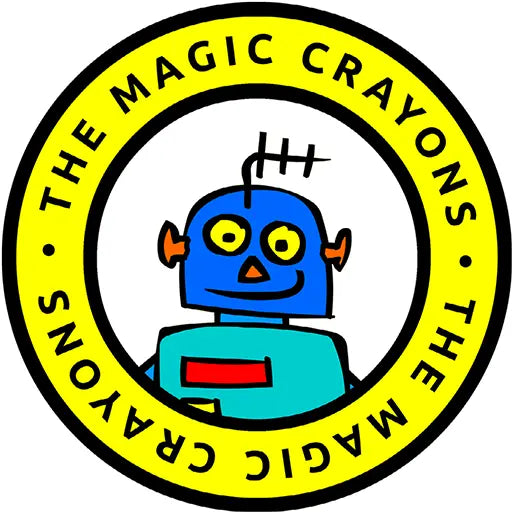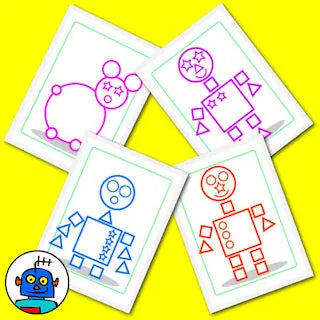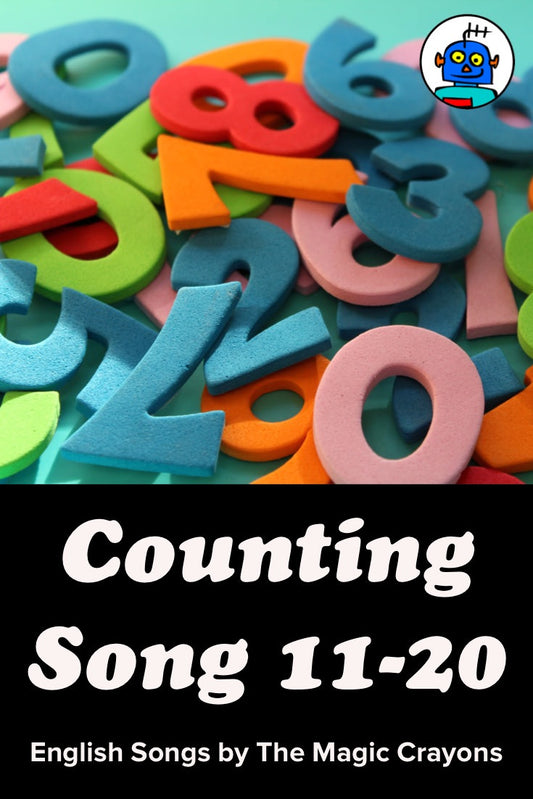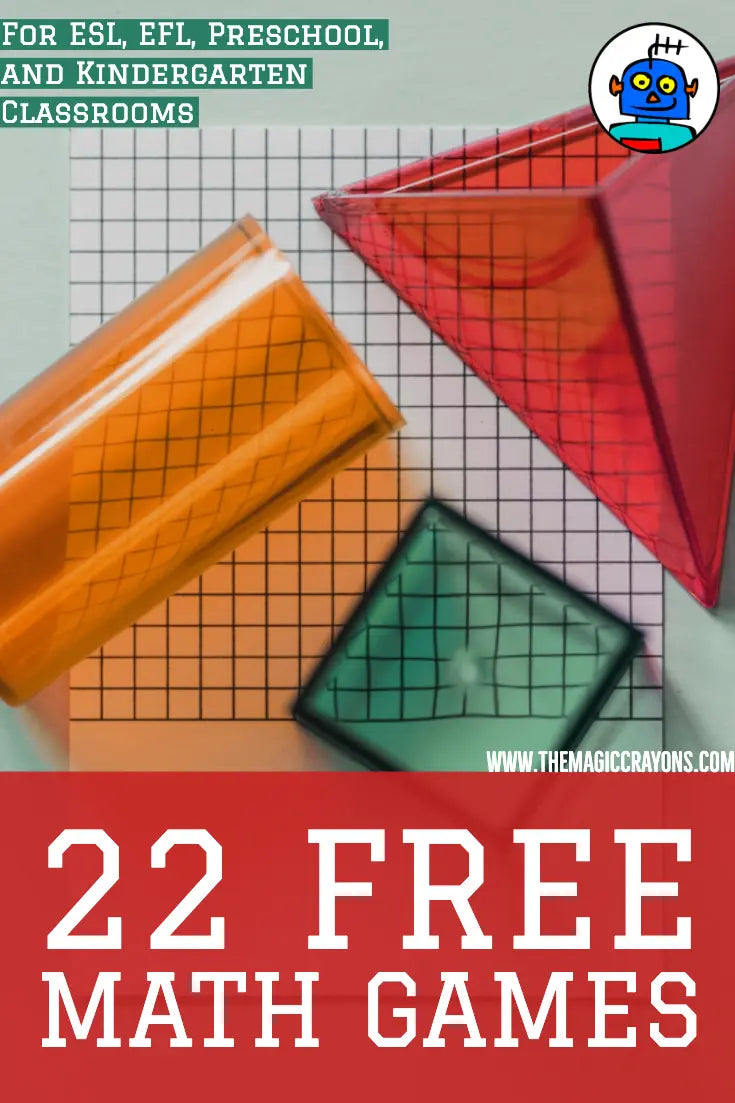>Games >Numbers Games
-
1. Circle Soccer
Resources
- Numbers Flash Cards
- Indoor Soccerball (Amazon #Ad)
How to play
Time: up to 10 minutes
Receptive Language: numbers
Productive Language: numbers
Game Explanation: Using either the whiteboard or the number cards, review numbers 1 through 20. Get the students into a big circle.Produce a ball. Demonstrate how you’d like the students to kick the ball from one side of the circle to the other (while making sure that they understand that they must be holding hands while they kick & that they must stay in one position while this activity is going on; you may need the teacher’s help to get this across to them) & make it clear that the ball must be successfully kicked a certain number of times without rolling out of the circle before the entire class scores a point. Continue play, gradually increasing the number of kicks necessary. When the class successfully completes 20 kicks without letting the ball roll out of the circle, lead them in a rousing cheer &/or ‘champion jump’.
-
2. Bingo Challenge
Resources
How to play
Time: up to 10 minutes
Receptive Language: numbers
ProTime: 8-10 minutes
Receptive Language: various
Productive Language: various -
Game Explanation: Two teams. Create a grid on the whiteboard with a random number from 1-6 in each square. The students compete to name flashcards, answer questions, build sentences, etc. The winner rolls a die and places a chip/writes or draws his team’s symbol on any of the corresponding squares on the whiteboard. The first team to get a predetermined number of squares in a row wins.
The Magic Crayons
Robot Shape Guess Counting Game, Digital Download
Share
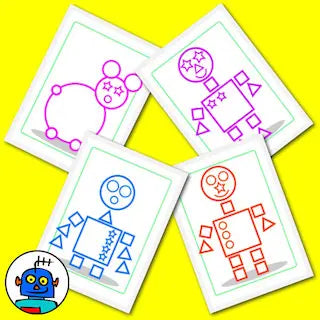
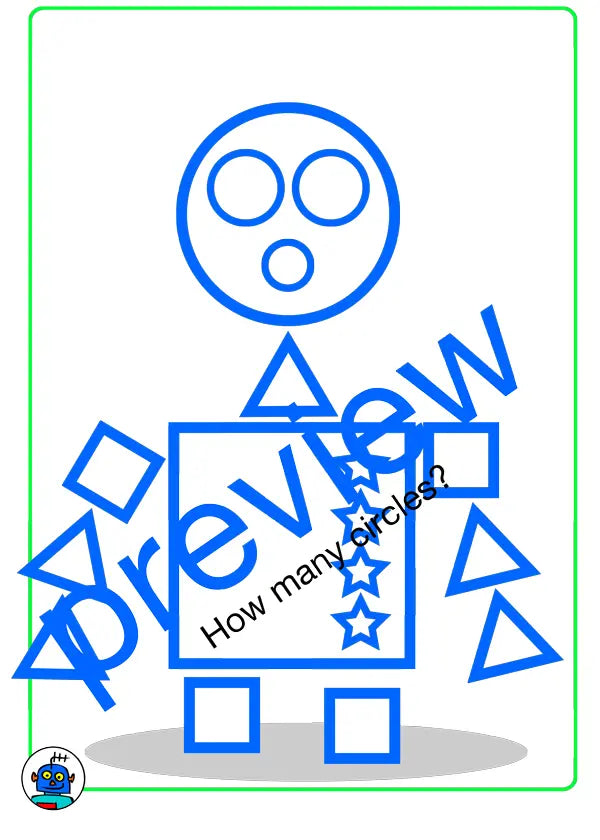
-
3. Circle The Letter
Resources
How to play
Also works for Alphabet
Time: 5-8 minutes
Receptive Language: circle, alphabet, numbers
Productive Language: circle, alphabet, numbers
Game Explanation: Write random letters, numbers, & words on the board. Call out a letter or number. Students race to circle the correct letter or number. Can also be played in teams or with the students writing and calling out the letters and numbers for the teacher to circle (possibly within a predetermined time limit). -
4. Balloon Action
Resources
- Numbers Flash Cards
- Balloons (Amazon #Ad)
How to play
Time: 5 minutes
Receptive Language: instructions, balloon, numbers
Productive Language: numbers
Game Explanation: Either in teams or individually, students must keep a balloon in the air for as long as possible by hitting or kicking it, counting each time they do so. The team or student that achieves the highest number of correctly counted hits scores a point / wins the game.
Note: see also Circle Soccer -
5. Back To Back Writing
Resources
How to play
Also for alphabet and shapes
Time: 10 minutes
Receptive Language: instructions, alphabet, numbers, shapes
Productive Language: alphabet, numbers, shapes
Game Explanation: Two (or more) teams sitting in parallel lines, with all students facing the same direction and the whiteboard placed in front of the students on each team. Show the last student on each team an alphabet/number/shape card, which they must trace on the next student’s back and so on up the line. The first player to write or draw the correct letter, number or shape on the whiteboard and name it scores a point for her team.
Note: You will probably have to continually enforce the ‘no hints / no talking’ rule. -
6. Baby Step Back (Adding Game)
Resources
How to play
Time: 6-8 minutes
Receptive Language: ‘(number) plus (number) equals?’
Productive Language: numbers
Game Explanation: Two teams. Draw a simple math equation on the blackboard (e.g. ___ + ___ = ____). Fill in the two numbers to be added together. The first student or team to add the numbers together and say the answer in English scores a point. To make the game more challenging, other forms of mathematics can be used instead of addition. To add excitement, if a student on Team A answers one of the problems correctly (‘Seven!’), award his team that many point, dollars, yen, etc. Mock the poorer team for being broke, living in a box outside Shinjuku station, & so on.
Note: As the focus should be on having the students answering in English, avoid making the problems too difficult, mathematically speaking. -
7. Slow Motion Numbers
Resources
How to play
Time: 5 minutes
Receptive Language: instructions, numbers, alphabet, slow
Productive Language: numbers, alphabet
Game Explanation: Review ‘slow’ & demonstrate to the students that you’re going to slowly draw numbers (&/or letters) on the whiteboard. While drawing ask the students ‘How many?’ The first student to correctly identify the number or letter becomes the ‘slow drawer’ for the next round. -
8. Eleven-Twenty
Resources
How to play
Time: 5-6 minutes
Receptive Language: instructions, 14, 15, 16, 17
Productive Language: 14, 15, 16, 17
Game Explanation: Put the 14 flashcard on one wall of the classroom & the 15 flashcard on the opposite wall. Divide the class into 2 teams, with one team lined up against the 14 wall & the other against the 15 wall. Calls out ‘Fff...’ (the first sound of both 14 & 15). Every time you call out this sound the students take one step towards the middle of the classroom. When the students are about to crash into each other, call out either 14 or 15 & the students race to run to that side of the room. Repeat with 16 and 17.
Numbers and Counting Resources
-
Robot Shape Guess Counting Game, Digital Download
Vendor:The Magic CrayonsRegular price $1.00 USDRegular priceUnit price per -
English Numbers Flash Cards | Digital Download
Vendor:The Magic CrayonsRegular price $2.00 USDRegular priceUnit price per -
Song For 20. English Song about Counting 11-20
Vendor:The Magic CrayonsRegular price $0.99 USDRegular priceUnit price per -
The Say Song. English Song about Counting
Vendor:The Magic CrayonsRegular price $0.99 USDRegular priceUnit price per
-
9. Hot Potato
Resources
- None
How to play
Materials: ones own hands
Time: 10 minutes
Practice the Hot Potato chant with the kids and demo in front of the class with several Students. -
Play rock, paper, scissors to see who goes first. The Winner puts their fist out, then you start chanting, “1 potato, 2 potato, 3 potato, 4!, 5 potato, 6 potato, 7 potato, more!” as you stack your fists on top of each other. Keep stacking your fists on top of each other until the stack is too high for one person to put their fist on top. Play the game as a group by first dancing around to some music. When the music stops the student form pairs and do the chant as outlined above. Play several rounds.
-
10. Count Me In
Resources
How to play
Time: 5-6 minutes
Receptive Language: instructions
Productive Language: flashcard vocab
Game Explanation: Review the number cards & split the class into 2 teams. Shuffle the number cards, demonstrate that the teams will race to place the cards in proper numerical order, give the cards to team A, tell Team B to watch the clock for you, & yell Go! Switch & let Team B have a go. The faster team is, unsurprisingly, the winner. Shuffle the cards, shuffle the teams, & repeat. -
11. Back And Forth
Resources
How to play
Time: 5 minutes
Receptive Language: instructions
Productive Language: numbers, alphabet
Game Explanation: Two teams standing in line, each with a chair placed at the head of the line (and with the chairs facing each other). The first student from each team sits on the chair. Designate one student to start with either ‘One!’ or ‘A!’ The second student must continue (‘Two!’ or ‘B!’, as the case may be) and play continues back and forth until one student cannot continue. The other student’s team scores a point and two new students begin. -
12. Animalize
Resources
- Numbers Flash Cards
- Large Squishy Dice (Amazon #Ad)
How to play
Time: 10 minutes
Receptive Language: instructions, numbers, unit vocab, plurals
Productive Language: numbers, unit vocab, plurals
Game Explanation: Two teams. Review and/or introduce plurals. The first student on each team rolls a die, while the instructor simultaneously puts a vocab card down in front of them. The students must add the two die amounts together and pluralize the card. For example, 3+6+dog = ‘9 dogs.’ The first student to correctly do so gets the point.
Note: Be firm with the students regarding pronunciation, with rewards for those students who make an effort to correctly pronounce the final ‘s’ (i.e. ‘dogs’ instead of ‘dogzzzzz’). -
13. What Plus What Is What?
Resources
- None
How to play
Materials: none
Time: 3-5 minutes
Receptive Language: ‘___ plus ___ equals what?’
Productive Language: numbers
Game Explanation: Students line-up to enter (or leave) the classroom & can only come in (or go out) when they have correctly answered a simple mathematical problem.
Note: Keep it in mind that the main focus is to get the students to think & answer in English & not to test their mathematical abilities. They’re only kids, you know, & may have difficulty with ‘What’s the square root of x to the power of npg over pi?’, etc. -
14. Clusters
Resources
How to play
Time: 6-8 minutes
Receptive Language: numbers
Productive Language: numbers
Game Explanation: At your command, the students run (or walk, jump, skip, dance, etc) around the classroom. You then shout “Stop!” & a number. Within a predetermined length of time (a slowly counted 5 seconds works best), the students cluster in groups of that number & sit down. Walk around the class checking the various groups, making sure to congratulate/highfive/praise the groups that are “safe.” If any of the students haven’t managed to join a group with the right number of students, inflict whatever “punishment” on them that you’ve decided upon: lightly tap them with a plastic hammer, throw them over your shoulder, give them a thunderous thumbs-down, eject them from the game, etc. -
15. Buzz
Resources
How to play
Time: 5 minutes
Receptive Language: numbers
Productive Language: numbers
Game Explanation: A good activity for reviewing numbers at any difficulty level you’d like to try. For young classes, write 1-12 on the whiteboard & then erase the multiples of three. Student A says ‘One’, Student B says ‘Two’, & Student C says ‘Buzz!’ (or stands up, or sits down, or claps, or says whatever word you tell them to say instead). Continue until a student says ‘Buzz!’ in the wrong place, or neglects to say ‘Buzz!’ when he or she should. For older classes, continue to add replacement words as the game continues (you may wish to use other unit vocabulary words instead of ‘Buzz!’).
Like it? Share it?
Best selling gifts
-
Backhoe Trucker Cap, Adult C004
Vendor:The Magic CrayonsRegular price $30.00 USDRegular priceUnit price per -
Personalized Yellow 8-Wheeled Crane Mug
Vendor:The Magic CrayonsRegular price From $20.00 USDRegular priceUnit price per -
Unisex Hypoallergenic Cuffed Beanie with Embroidered Forklift - Perfect for Drivers and Operators
Vendor:The Magic CrayonsRegular price $27.50 USDRegular priceUnit price per -
Forklift Certified Trucker Hat In 13 Colors
Vendor:The Magic CrayonsRegular price $30.00 USDRegular priceUnit price per
